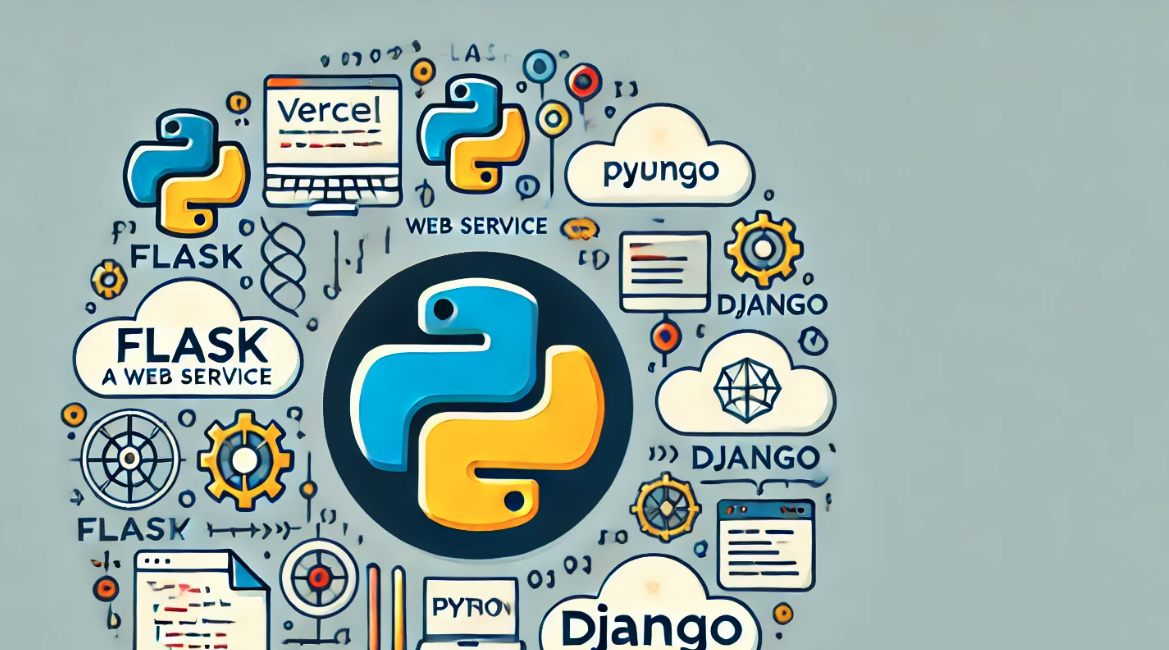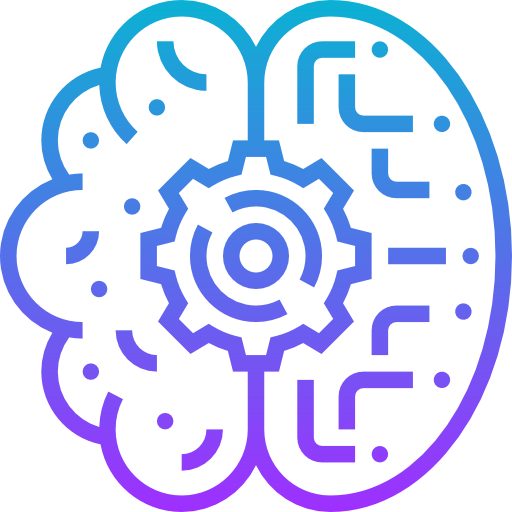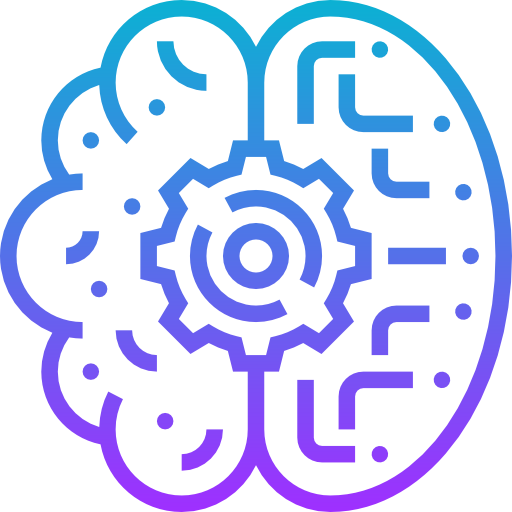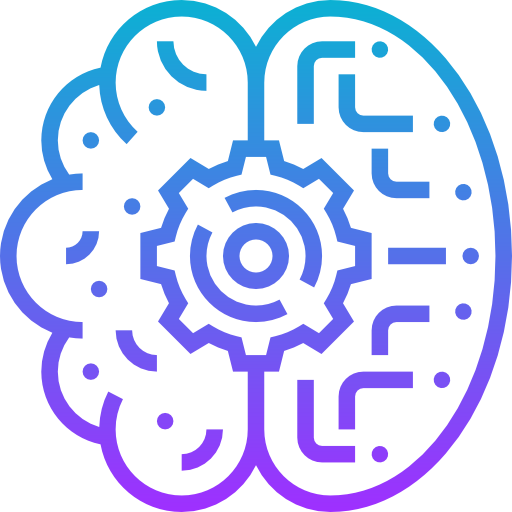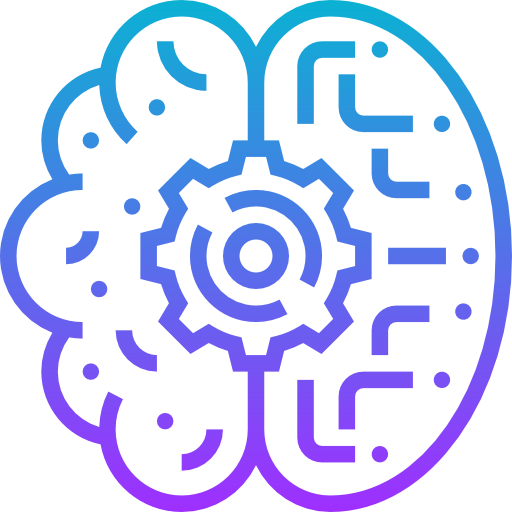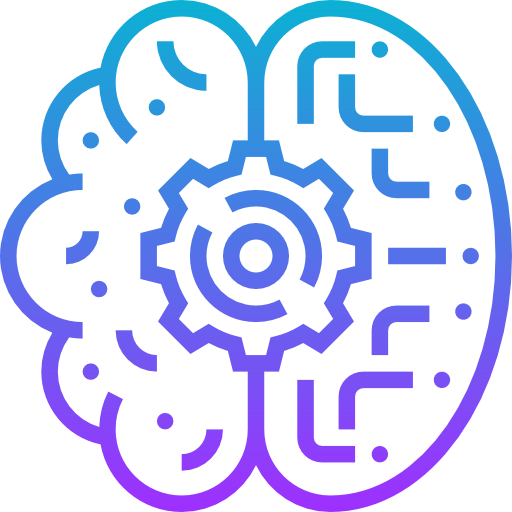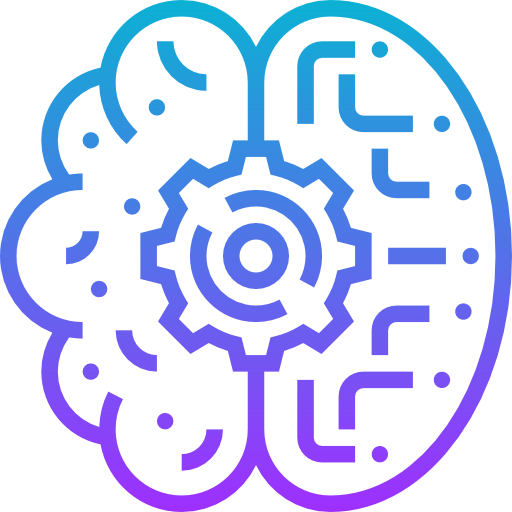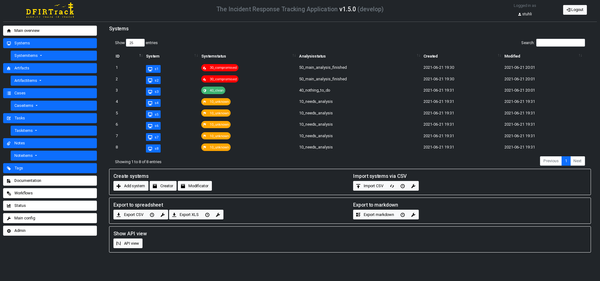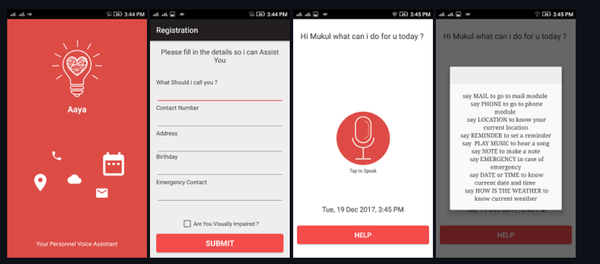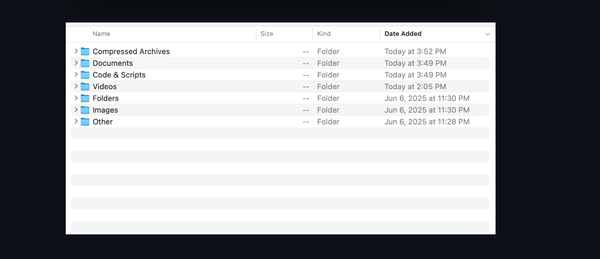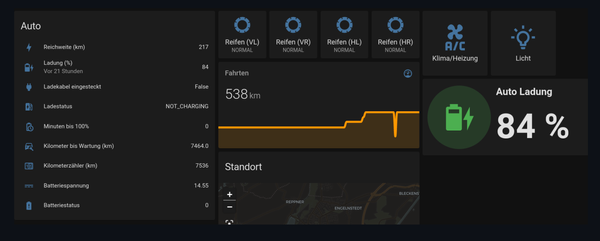Why Django Still Rocks in 2025 - Best Educational Value for New Developers!
Table of Content
Walking into the coworking space the other day, I couldn’t help but notice a bunch of students huddled over their laptops, typing away like mad. Curious, I leaned over and asked what they were working on. “Django,” one of them said with a grin. Instantly, my developer heart skipped a beat. Flashback to 2005/2006 when I first made the switch from Plone to Django for smaller client projects—it felt like coming full circle.
Fast forward almost two decades, and here we are: Django is still kicking butt. Sure, there have been shiny new frameworks popping up left and right—Rails, Laravel, Flask, you name it—but Django? It’s like that reliable friend who never lets you down. And trust me, as someone who has seen tech trends come and go, Django’s staying power is no accident.
Let’s be real—no framework is perfect, and Django has its quirks. Sometimes, the ORM can feel a bit restrictive if you’re used to raw SQL queries. And yes, Django’s admin panel is fantastic, but customizing it beyond the basics can be a headache. But here’s the thing: these “flaws” are minor compared to the benefits.
Every tool has its learning curve, and once you get past Django’s initial hurdles, you’ll find it incredibly rewarding.
I remember struggling with Django’s templating system when I first started. It felt clunky compared to Jinja2, which I was more familiar with. But over time, I realized that sticking with Django’s defaults often saved me hours of debugging and integration issues. Sometimes, going with the flow pays off.
What Makes Django So Special?
Let’s cut to the chase: why do I always recommend Django to new developers? Simple. It teaches you how to build real web apps while keeping things clean, organized, and efficient. Here’s the deal:
1- Big Players Use It
Ever heard of Instagram? Yeah, that photo-sharing app with over a billion users runs on Django. How about Spotify? Or NASA? Even Pinterest and Disqus rely on Django for parts of their infrastructure.
These aren’t small-time operations—they’re massive platforms handling insane amounts of traffic daily. If Django can handle their needs, imagine what it can do for your side project or startup idea.
- Instagram : Handling billions of users and millions of photos daily, Instagram relies on Django for its backend. Its scalability and robustness make it perfect for such a high-traffic platform.
- Spotify : While Spotify uses a mix of technologies, Django plays a crucial role in their web services, particularly in areas like user authentication and content management.
- NASA : Yes, even space exploration benefits from Django. NASA uses it for some of their internal tools and public-facing websites, ensuring reliability and security.
- Pinterest : With millions of pins and boards, Pinterest leverages Django to manage its vast database and provide seamless user experiences.
- Disqus : This popular comment hosting service uses Django to handle millions of comments across various websites, showcasing its ability to manage real-time data efficiently.
And several others.
2- Write Less Code, Do More Stuff
One thing I love about Django is its "batteries-included" philosophy. Need authentication? Done. Admin panel? Already built-in.
Database migrations? Yup, got that too. Instead of reinventing the wheel every time, Django gives you tools out of the box so you can focus on solving actual problems instead of wrestling with boilerplate code.
And, do not forget it supports many databases, you can start development using SQLite and deploy to PostgreSQL, MySQL or even Oracle!
3- Clean Code = Happy Developer
As someone who’s been coding for years, I can tell you this: messy code is the fastest way to burnout. Django forces you to keep things tidy through its structured approach. Models, views, templates—it’s all neatly separated, making your life easier when debugging or adding features later. Plus, following Django’s conventions means future-you will thank present-you for being considerate.
4- Practical Learning for Real-World Skills
Learning Django isn’t just about mastering another framework; it’s about understanding how web applications work under the hood. You’ll dive deep into concepts like HTTP requests, REST APIs, databases, user authentication, and more.
By the time you finish building your first app, you’ll feel confident tackling pretty much any web dev challenge.
Tips for Mastering Django (From Someone Who’s Been There)
Learning Django isn’t just about reading tutorials or watching videos—it’s about doing. Here are some tips to make the most of your journey:
Organize Your Project Like a Pro
Break your app into smaller chunks called “apps” (yes, Django calls them apps). Focus on one app at a time—whether it’s handling user accounts, processing payments, or managing content. This modular approach keeps your project manageable and scalable.
Set Deadlines That Work For You
Don’t try to build the next Facebook overnight. Set realistic goals and deadlines. Maybe aim to launch a basic version of your app in a month, then iterate from there. Progress, not perfection, is key.
Final Thoughts
Django isn’t just a framework—it’s a gateway to becoming a better developer. It teaches you discipline, organization, and practical problem-solving skills. Whether you’re building a personal blog or dreaming of launching the next big startup, Django has your back.
Let me end by saying your will learn more than coding with Diango, or building web apps, you will learn what does it take to make a scalable and usable project, and build the working blocks for your app one by one!
So, to all the new developers out there: give Django a shot. Trust me, it’s worth it.
More Django Articles


